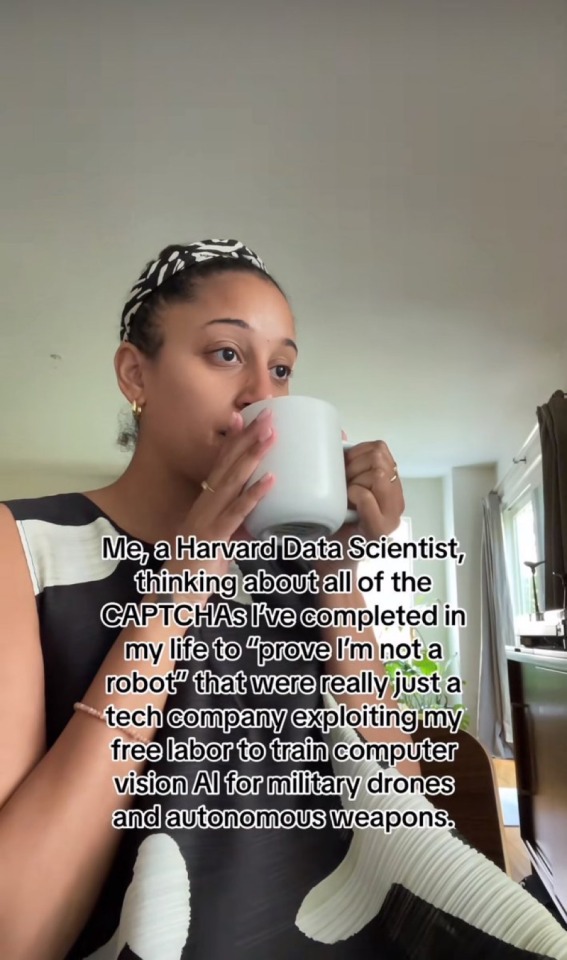Text

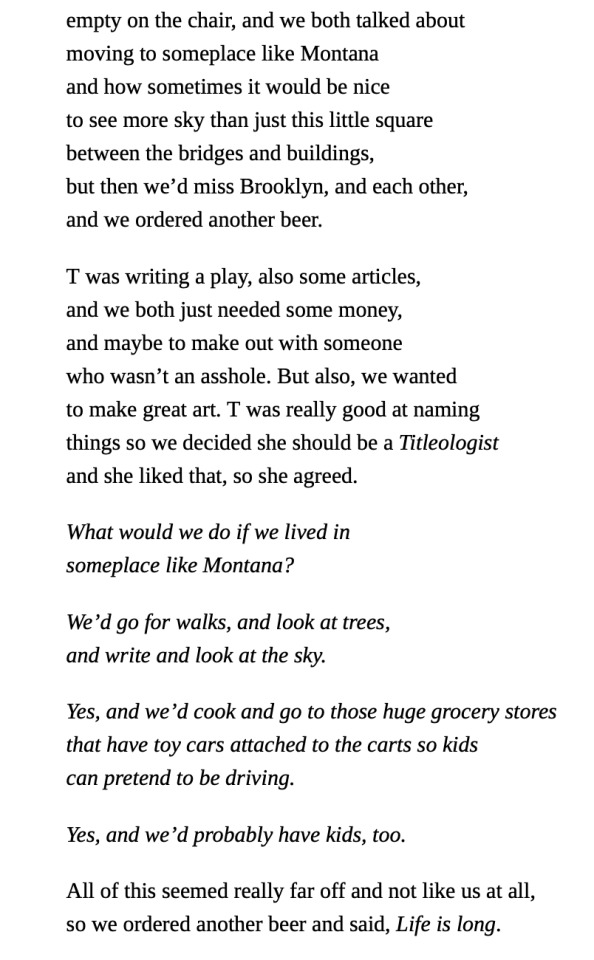

someplace like montana by Ada Limón
2K notes
·
View notes
Text
There, in the sunlit forest on a high ridgeline, was a tree I had never seen before.
I spend a lot of time looking at trees. I know my beech, sourwood, tulip poplar, sassafras and shagbark hickory. Appalachian forests have such a diverse tree community that for those who grew up in or around the ancient mountains, forests in other places feel curiously simple and flat.
Oaks: red, white, black, bur, scarlet, post, overcup, pin, chestnut, willow, chinkapin, and likely a few others I forgot. Shellbark, shagbark and pignut hickories. Sweetgum, serviceberry, hackberry, sycamore, holly, black walnut, white walnut, persimmon, Eastern redcedar, sugar maple, red maple, silver maple, striped maple, boxelder maple, black locust, stewartia, silverbell, Kentucky yellowwood, blackgum, black cherry, cucumber magnolia, umbrella magnolia, big-leaf magnolia, white pine, scrub pine, Eastern hemlock, redbud, flowering dogwood, yellow buckeye, white ash, witch hazel, pawpaw, linden, hornbeam, and I could continue, but y'all would never get free!
And yet, this tree is different.
We gather around the tree as though surrounding the feet of a prophet. Among the couple dozen of us, only a few are much younger than forty. Even one of the younger men, who smiles approvingly and compliments my sharp eye when I identify herbs along the trail, has gray streaking his beard. One older gentleman scales the steep ridge slowly, relying on a cane for support.
The older folks talk to us young folks with enthusiasm. They brighten when we can call plants and trees by name and list their virtues and importance. "You're right! That's Smilax." "Good eye!" "Do you know what this is?—Yes, Eupatorium, that's a pollinator's paradise." "Are you planning to study botany?"
The tree we have come to see is not like the tall and pillar-like oaks that surround us. It is still young, barely the diameter of a fence post. Its bark is gray and forms broad stripes like rivulets of water down smooth rock. Its smooth leaves are long, with thin pointed teeth along their edges. Some of the group carefully examine the bark down to the ground, but the tree is healthy and flourishing, for now.
This tree is among the last of its kind.
The wood of the American Chestnut was once used to craft both cradles and coffins, and thus it was known as the "cradle-to-grave tree." The tree that would hold you in entering this world and in leaving it would also sustain your body throughout your life: each tree produced a hundred pounds of edible nuts every winter, feeding humans and all the other creatures of the mountains. In the Appalachian Mountains, massive chestnut trees formed a third of the overstory of the forest, sometimes growing larger than six feet in diameter.
They are a keystone species, and this is my first time seeing one alive in the wild.
It's a sad story. But I have to tell you so you will understand.
At the turn of the 20th century, the chestnut trees of Appalachia were fundamental to life in this ecosystem, but something sinister had taken hold, accidentally imported from Asia. Cryphonectria parasitica is a pathogenic fungus that infects chestnut trees. It co-evolved with the Chinese chestnut, and therefore the Chinese chestnut is not bothered much by the fungus.
The American chestnut, unlike its Chinese sister, had no resistance whatsoever.
They showed us slides with photos of trees infected with the chestnut blight earlier. It looks like sickly orange insulation foam oozing through the bark of the trees. It looks like that orange powder that comes in boxes of Kraft mac and cheese. It looks wrong. It means death.
The chestnut plague was one of the worst ecological disasters ever to occur in this place—which is saying something. And almost no one is alive who remembers it. By the end of the 1940's, by the time my grandparents were born, approximately three to four billion American chestnut trees were dead.
The Queen of the Forest was functionally extinct. With her, at least seven moth species dependent on her as a host plant were lost forever, and no one knows how much else. She is a keystone species, and when the keystone that holds a structure in place is removed, everything falls.
Appalachia is still falling.
Now, in some places, mostly-dead trees tried to put up new sprouts. It was only a matter of time for those lingering sprouts of life.
But life, however weak, means hope.
I learned that once in a rare while, one of the surviving sprouts got lucky enough to successfully flower and produce a chestnut. And from that seed, a new tree could be grown. People searched for the still-living sprouts and gathered what few chestnuts could be produced, and began growing and breeding the trees.
Some people tried hybridizing American and Chinese chestnuts and then crossing the hybrids to produce purer American strains that might have some resistance to the disease. They did this for decades.
And yet, it wasn't enough. The hybrid trees were stronger, but not strong enough.
Extinction is inevitable. It's natural. There have been at least five mass extinctions in Earth's history, and the sixth is coming fast. Many people accepted that the American chestnut was gone forever. There had been an intensive breeding program, summoning all the natural forces of evolution to produce a tree that could survive the plague, and it wasn't enough.
This has happened to more species than can possibly be counted or mourned. And every species is forced to accept this reality.
Except one.
We are a difficult motherfucker of a species, aren't we? If every letter of the genome's book of life spelled doom for the Queen of the Forest, then we would write a new ending ourselves. Research teams worked to extract a gene from wheat and implant it in the American chestnut, in hopes of creating an American chestnut tree that could survive.
This project led to the Darling 58, the world's first genetically modified organism to be created for the purpose of release into the wild.
The Darling 58 chestnut is not immune, the presenters warned us. It does become infected with the blight. And some trees die. But some live.
And life means hope.
In isolated areas, some surviving American Chestnut trees have been discovered, most of them still very young. The researchers hope it is possible that some of these trees may have been spared not because of pure luck, but because they carry something in their genes that slows the blight in doing its deadly work, and that possibly this small bit of innate resistance can be shaped and combined with other efforts to create a tree that can live to grow old.
This long, desperate, multi-decade quest is what has brought us here. The tree before me is one such tree: a rare survivor. In this clearing, a number of other baby chestnut trees have been planted by human hands. They are hybrids of the Darling 58 and the best of the best Chinese/American hybrids. The little trees are as prepared for the blight as we can possibly make them at this time. It is still very possible that I will watch them die. Almost certainly, I will watch this tree die, the one that shades us with her young, stately limbs.
Some of the people standing around me are in their 70's or 80's, and yet, they have no memory of a world where the Queen of the Forest was at her full majesty. The oldest remember the haunting shapes of the colossal dead trees looming as if in silent judgment.
I am shaken by this realization. They will not live to see the baby trees grow old. The people who began the effort to save the American chestnut devoted decades of their lives to these little trees, knowing all the while they likely never would see them grow tall. Knowing they would not see the work finished. Knowing they wouldn't be able to be there to finish it. Knowing they wouldn't be certain if it could be finished.
When the work began, the technology to complete it did not exist. In the first decades after the great old trees were dead, genetic engineering was a fantasy.
But those that came before me had to imagine that there was some hope of a future. Hope set the foundation. Now that little spark of hope is a fragile flame, and the torch is being passed to the next generation.
When a keystone is removed, everything suffers. What happens when a keystone is put back into place? The caretakers of the American chestnut hope that when the Queen is restored, all of Appalachia will become more resilient and able to adapt to climate change.
Not only that, but this experiment in changing the course of evolution is teaching us lessons and skills that may be able to help us save other species.
It's just one tree—but it's never just one tree. It's a bear successfully raising cubs, chestnut bread being served at a Cherokee festival, carbon being removed from the atmosphere and returned to the Earth, a wealth of nectar being produced for pollinators, scientific insights into how to save a species from a deadly pathogen, a baby cradle being shaped in the skilled hands of an Appalachian crafter. It's everything.
Despair is individual; hope is an ecosystem. Despair is a wall that shuts out everything; hope is seeing through a crack in that wall and catching a glimpse of a single tree, and devoting your life to chiseling through the wall towards that tree, even if you know you will never reach it yourself.
An old man points to a shaft of light through the darkness we are both in, toward a crack in the wall. "Do you see it too?" he says. I look, and on the other side I see a young forest full of sunlight, with limber, pole-size chestnut trees growing toward the canopy among the old oaks and hickories. The chestnut trees are in bloom with fuzzy spikes of creamy white, and bumblebees heavy with pollen move among them. I tell the man what I see, and he smiles.
"When I was your age, that crack was so narrow, all I could see was a single little sapling on the forest floor," he says. "I've been chipping away at it all my life. Maybe your generation will be the one to finally reach the other side."
Hope is a great work that takes a lifetime. It is the hardest thing we are asked to do, and the most essential.
I am trying to show you a glimpse of the other side. Do you see it too?
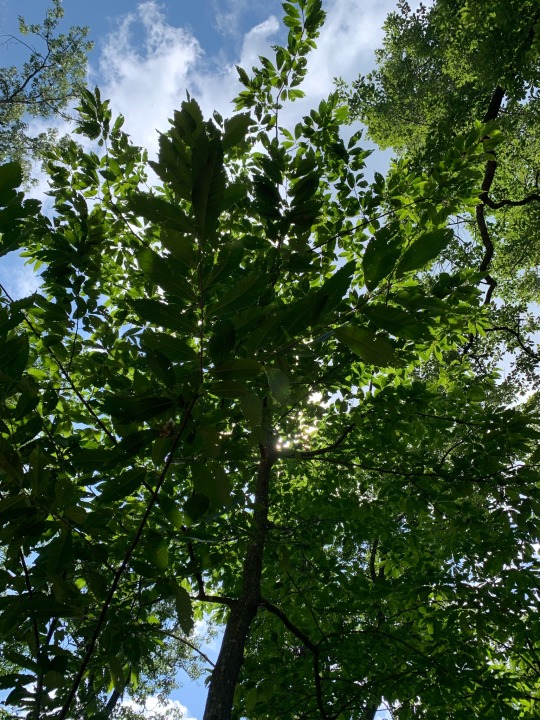
3K notes
·
View notes
Text


Linocut prints by William Hays.
~ Dawn
~ After the Storm, 2016.
6K notes
·
View notes
Text
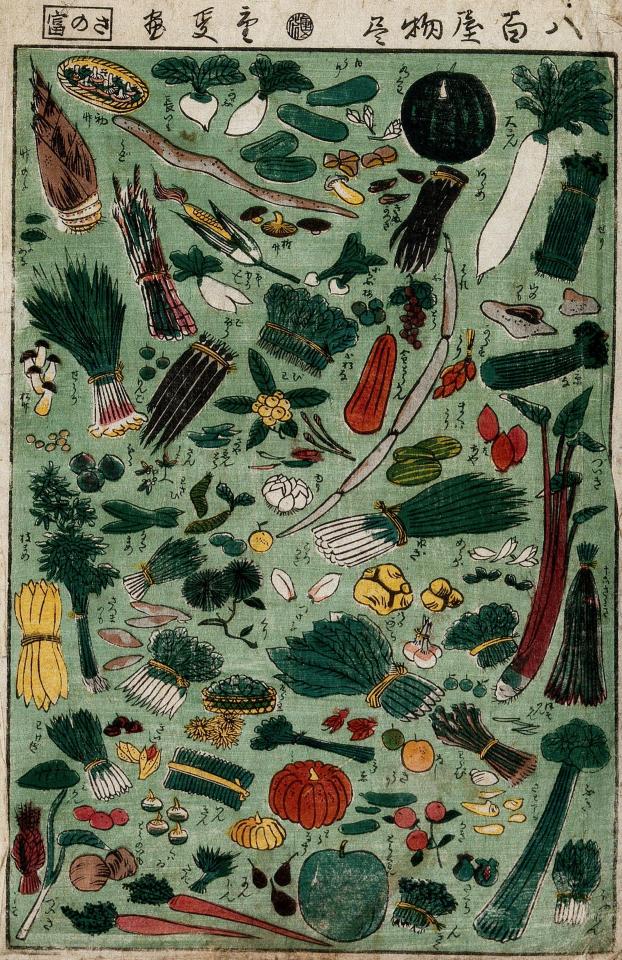
Shigenobu
Vegetables available from a grocer are laid out on a green background. Color woodcut Month 5, 1866
Each vegetable is named
Shigenobu-ga; Bears publisher's mark and censor's seal
2K notes
·
View notes
Text
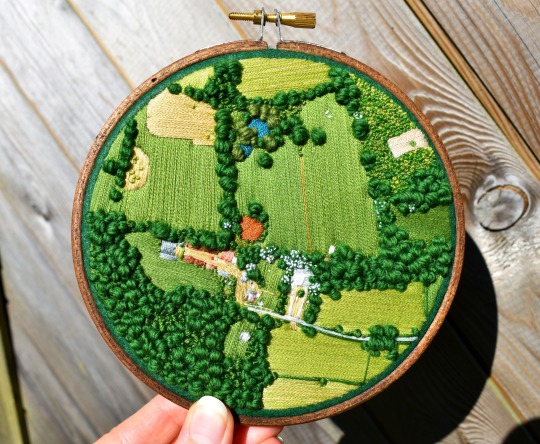
Victoria Rose Richards Surveys Land From Above in Atmospheric Embroidered Landscapes
3K notes
·
View notes
Text
You can tell when someone’s frame of reference for “normal people” is more “people at the church sponsored ice cream social” and less “people on the bus”
144K notes
·
View notes
Text
Successful trans men
I wish I knew about men like these growing up, I wish I knew that trans men could be successful after a lifetime of never seeing anyone ‘like me’ excelling in life. So here are some trans men - some that you may have heard of, some that you may not - that are successful in a range of careers. Never let being trans hold you back, never think you can’t do something, never think there is not a place for you.

Ben Barres
American neurobiologist for Stanford University and advocate for women in science. Barre’s research on the interactions between glial cells and neurons changed the way that we understand the brain and opened up a whole new field of research.
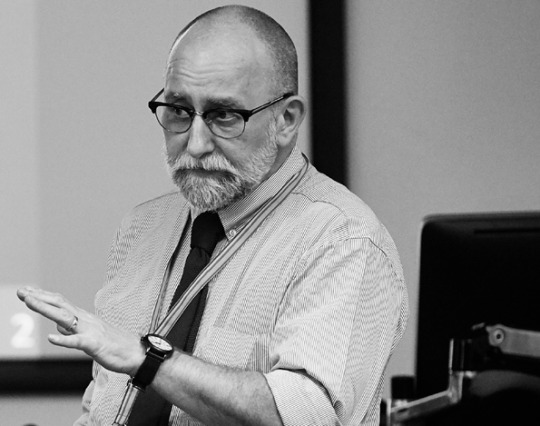
Stephen Whittle
Professor of equalities law. Founder of FTM Network in 1989 and Press for Change in 1992. Whittle has been heavily involved in trans activism since joining the Self Help Association for Transsexuals in 1979. His research and activism has been instrumental in ensuring the rights of trans people in the UK.
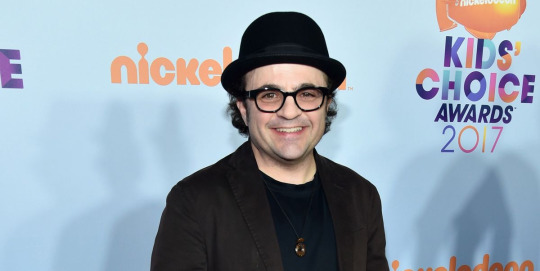
Michael D Cohen
Actor, teacher and coach. Making his break in award-winning Nickelodeon sitcoms Harvey Danger and Danger Force he was the first series regular actor to publicly come out as transgender. Cohen has a BSc in cell biology and a masters degree in adult education, teaching at his own acting studio and providing workshops.

Chris Mosier
American triathlete and award-winning coach. Six time member of Team USA in both duathlon and triathlon, Mosier also won two national championships in racewalking and was the first transgender athlete to qualify for the Olympic trials to compete against other members of his gender.

Yance Ford
African-American film producer and director. Ford received an Emmy for Exceptional Merit in Documentary Filmmaking and was nominated for an Oscar for his part in producing and directing the documentary Strong Island which follows the death of his brother.

Kael McKenzie
Canadian judge. Serving in the Canadian Armed Forces for several years, McKenzie later attended law school and and worked as a lawyer before being appointed as a judge to the Provincial Court of Manitoba in 2015.

Shane Ortega
Native American former flight engineer in the US army, former marine and professional bodybuilder. Throughout his career Ortega has served in Iraq and Afghanistan in over 400 combat missions. He has a long history of advocating for the repeal of Don’t Ask Don’t Tell and the recent banning on transgender service members in the US army.
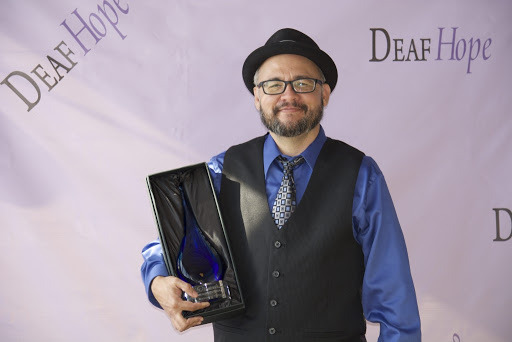
Drago Renteria
Chicano photojournalist and deaf and LGBT activist. Renteria founded the Deaf Queer Resource and is CEO of DeafVision - a webhosting and development company run by deaf people and the founder of the National Deaf LGBTQ Archives. Renteria has been instrumental in both creating and hosting many online deaf/queer spaces online along with being heavily involved in real-world activism for decades.

Phillipe Cunningham
Elected city councillor for ward 4 Minneapolis and previous special education teacher, Cunningham holds a masters degrees in Organizational Leadership & Civic Engagement and in Police Administration and is passionate about tacking inequalities in his community.
78K notes
·
View notes
Text
This is why we dance:
Because screaming isn’t free.
Please tell me:
Why is anger–even anger–a luxury
to me?
— Mohammed El-Kurd, from “This Is Why We Dance,” Rifqa
8K notes
·
View notes
Text
You are inconsistent. You do not need to have a grand unified theory about what to do about Michael Jackson. You are a hypocrite, over and over. You love Annie Hall but you can barely stand to look at a painting by Picasso. You are not responsible for solving this unreconciled contradiction. In fact, you will solve nothing by means of your consumption; the idea that you can is a dead end.
The way you consume art doesn't make you a bad person, or a good one. You'll have to find some other way to accomplish that.
Claire Dederer, Monsters
6K notes
·
View notes
Text

The Fellowship
When I was a kid, my folks basically told me I was a hobbit. I cherish the memory of them reading all these books to me--and I turned around and read them to my little siblings and eventually to my partner! I've drawn and painted a lot for The Hobbit but never The Lord of the Rings, and this ECCC seemed like the right time to debut one!
7K notes
·
View notes
Text

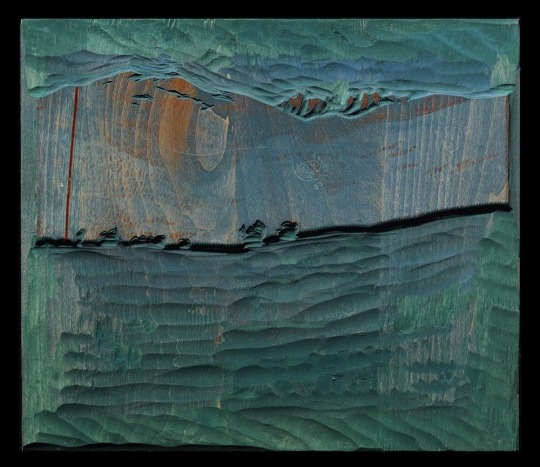





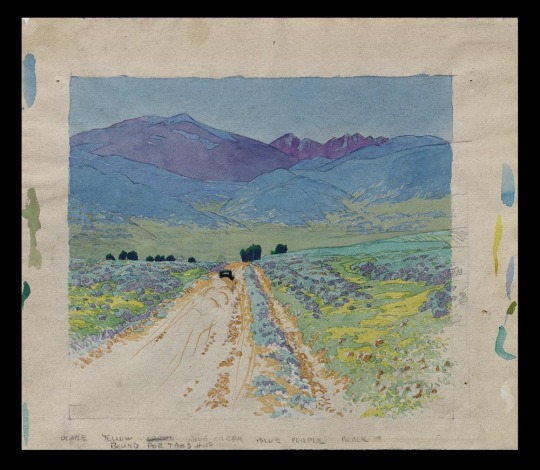

Bound for Taos
Artist:
Gustave Baumann (American, 1881 - 1971)
Date:
1936
Medium:
color woodcut on flax fiber paper
Stark Museum
This is really cool. For woodcut prints the artist has to carve a block
for each color.
3K notes
·
View notes
Text
I almost thought, this sounds too complicated, I’ll do it later, then thought about how many steps I go through to watch bootleg figure skating competitions, and did it anyway. And guess what, it really was super simple and took less than 3 minutes
In case you lost it - a link to the eSIM donation guide. Even if you feel sick and powerless, you can at least do this. And even if you really, really can't donate, you can always at least share this and remind others.
https://gazaesims.com/esim-purchase-tutorial/
113K notes
·
View notes
Text

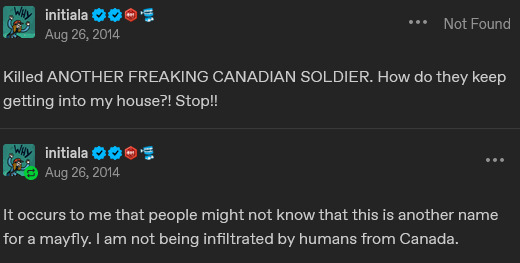



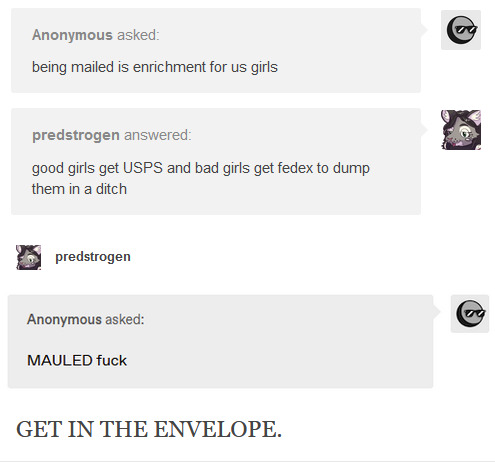

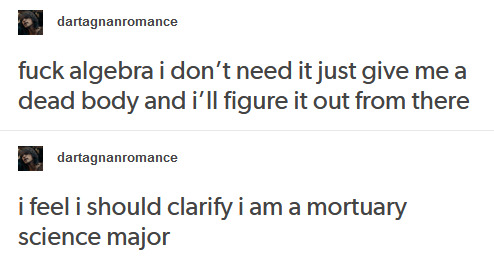


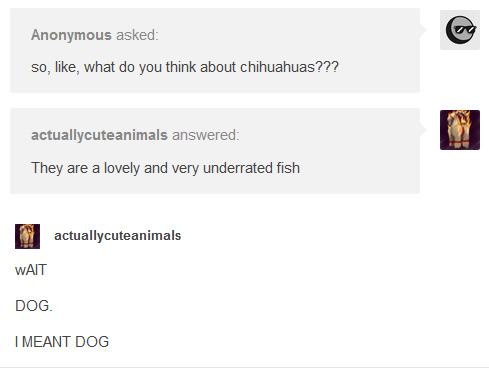
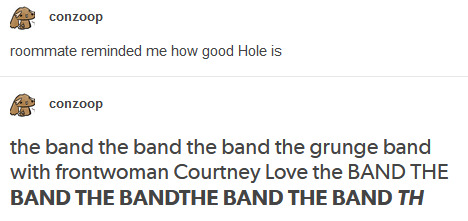
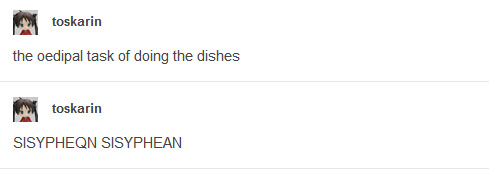
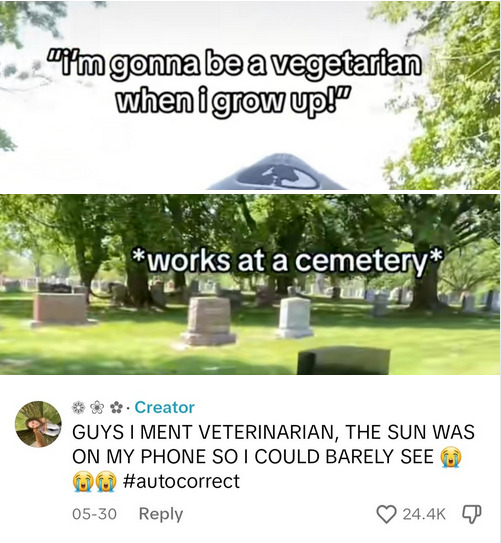

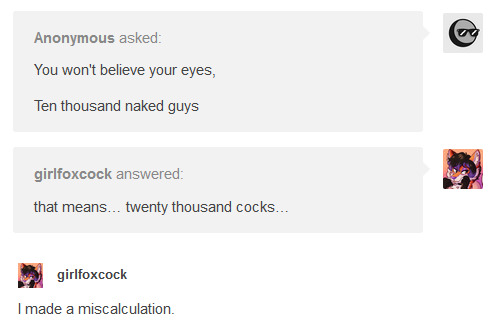

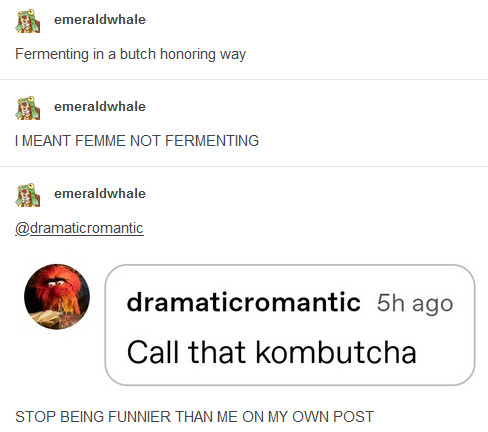




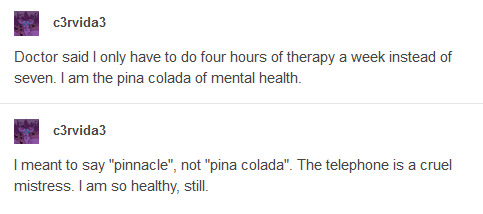
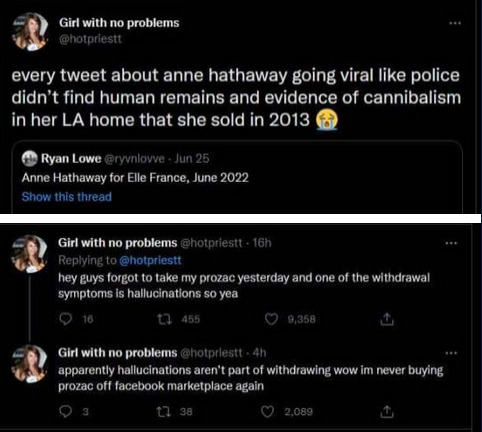
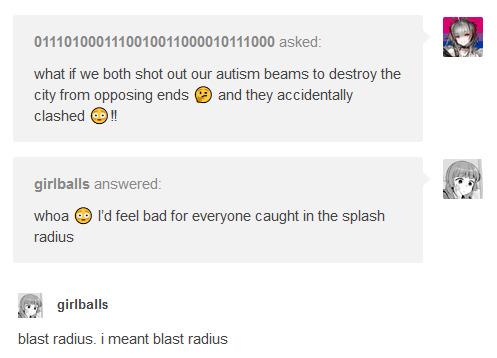
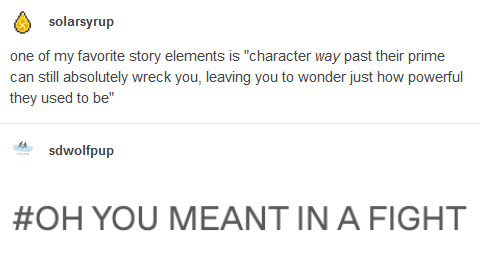

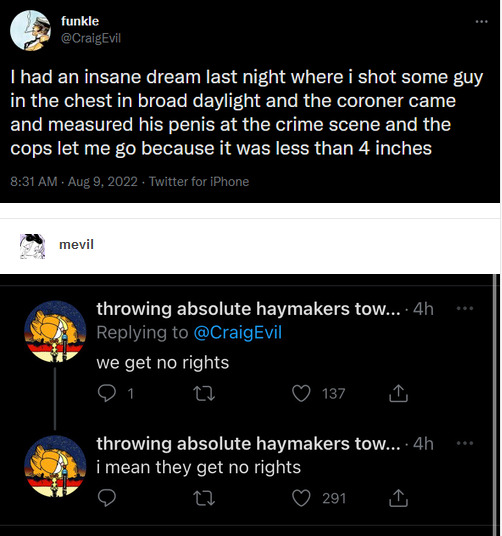
Post corrections/clarifications are my favorite genre of humor: a compilation
118K notes
·
View notes
Text
Jew here with a friendly reminder that:
Criticizing Isreal ≠ antisemetic
Supporting Palestine ≠ antisemitic
Believing in the Free Palestine cause ≠ antisemitic
BUT ALSO
A random ass Jew just living their life oceans away has nothing to do with the Isreal-Palestine conflict
Palestinian Jews exist
Jews that support Palestine exist (I am one of them)
Calling out ACTUAL antisemitism ≠ supporting Isreal
72K notes
·
View notes
Text
not sure if this will make sense to anyone besides me but: the antidote to negativity is not positivity, its warmth
352K notes
·
View notes
